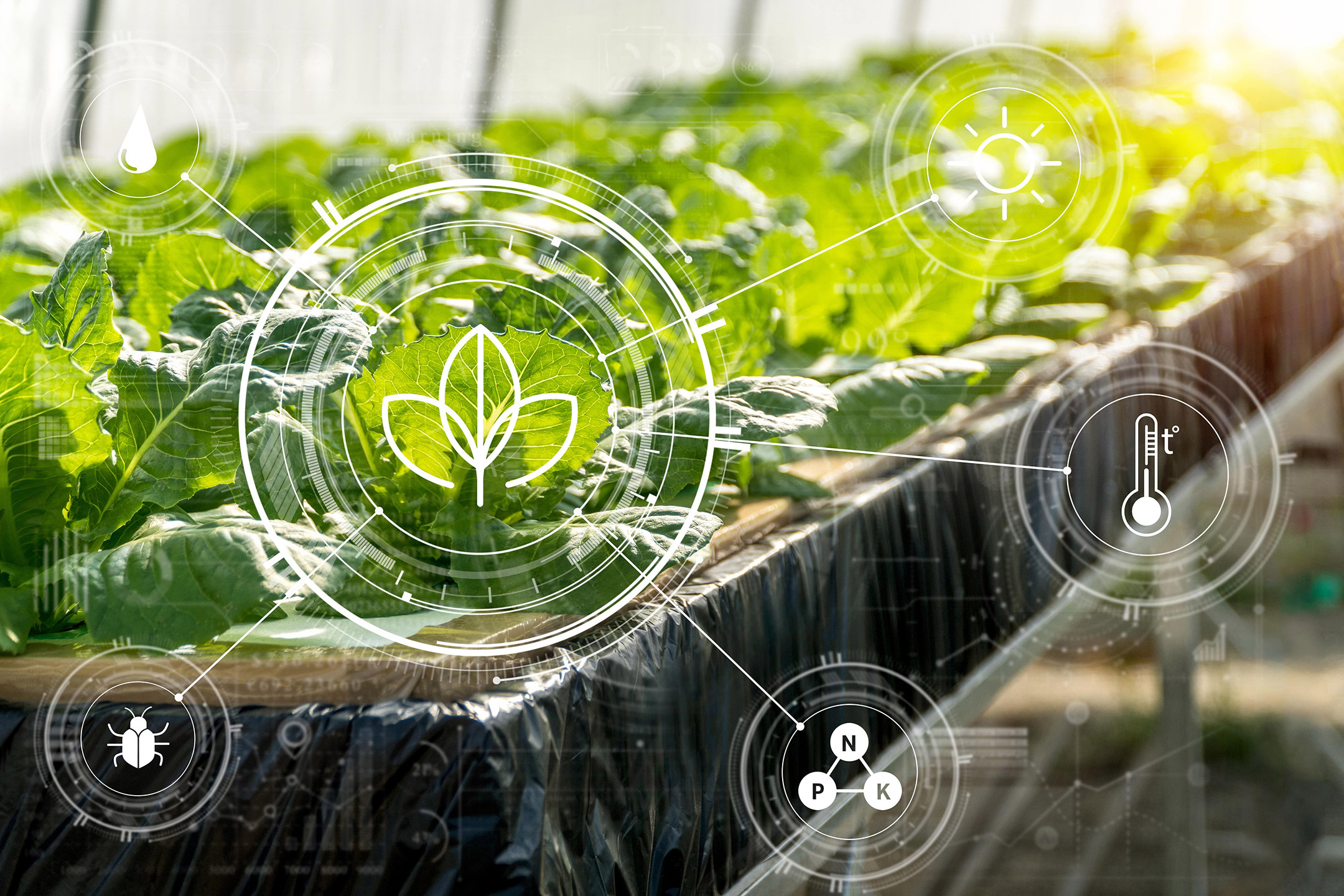As part of this year’s Earth Day theme of Invest In Our Planet, there has been a significant focus on the role regenerative agriculture can play in furthering efforts to make farming more sustainable and help tackle climate change.
But what is regenerative agriculture? and can recent efforts to promote Controlled Environment Agriculture (CEA) also further the aim to make agriculture more regenerative?
What is regenerative agriculture?
Regenerative agriculture is understood as agricultural methods that counter climate change and promote food security by restoring the land, tackling excessive water use, increasing biodiversity, and reducing greenhouse gasses.
Industrial farming methods have not only led to a loss of biodiversity and soil degradation through mono-cropping but they’re also not that resource efficient. They are also energy and water intensive. It is estimated that 30% of food grown by traditional methods is wasted at some point during the production stage.
But discussions of regenerative farming often focus solely on transforming traditional land-based farming whilst ignoring CEA as a possible solution.
How can indoor farming help?
There are a number of ways indoor farming can be considered complementary to if not as a regenerative farming practice.
Biodiversity
With CEA we can grow a dynamic portfolio of crops unhindered by the conditions that threaten biodiversity within traditional agriculture. Certain crops don’t thrive in our current climate conditions. Using CEA we can promote biodiversity as such setups are not limited by soil conditions, seasonality, or temperamental weather conditions.
Water-Use
CEA generally uses 95% less water than traditional farming using easily avaliable technology such as flow hydroponics and water filtration systems.
Chemicals
Given the controlled nature of indoor farms, chemical pesticides and fertilizers are, more often than not, unnecessary. Biological and technological controls, such as UV lighting and air purifiers, serve as the primary barrier against contamination.
Land Use
CEA has a vastly reduced land footprint compared to traditional farming. From subterrenean farms to vertical farms, CEA can increase efficient food production whilst using less land than traditional farming. Furthermore, with a focus on urban setups, CEA can rejuvenate brownfield land making use of derelict spaces. Breathing new life into communities by making their food systems more self-sufficient.
The Future of Food
In our post for Earth Day 2022, we covered how we see ourselves contributing to opening up access to efficient, sustainable, and profitable technologies for the agricultural sector.
These efforts also apply to regenerative agriculture.
Our Network of Sustainable Farms
Our grassroots network of farms ranges from the soon to be largest indoor farm in Atlantic Canada with Sunden Farms to our Parisian underground mushroom farm, La Boite a Champignons, amongst others. All bringing sustainable and affordable fresh produce to local communities.
Supporting Small Local Farms
By opening up access to agricultural technology to growers no matter their size or location we’ve helped dozens of indoor farms scale up production. Helping them serve delicious, sustainable, and profitable food to local communities. For example, our client’s Vertical Shoots and Minga Greens went from growing microgreens in their garden shed and their basement, respectively, to serving local shops, restaurants, and farmer’s markets.
KropCycle
We waste 40% of all food produced which accounts for 10% of global greenhouse emissions. With our collaboration with Upcycle, we are making composting so convenient and effective that closed loop agriculture will soon be the norm.
Moving Forward
Collaboration between technological advances and traditional methods will diversify the methods that contribute to a regenerative agriculutre. Bringing us closer to a more cooperative and cyclical food system.
Kroptek would be delighted to help growers contribute to this goal, get in touch with one of our experts today and find out how we can make farming sustainable together.

